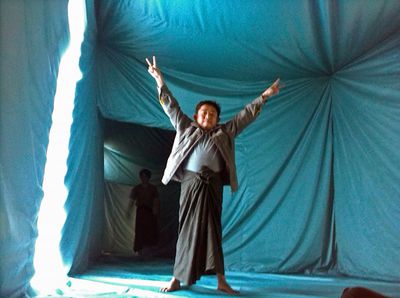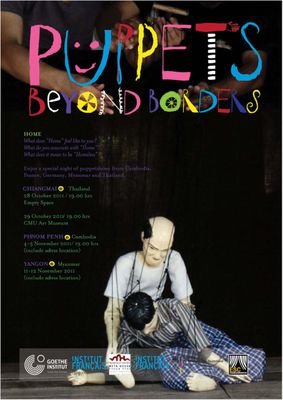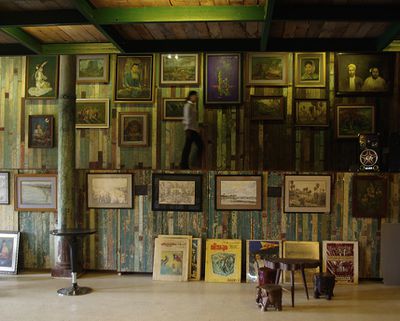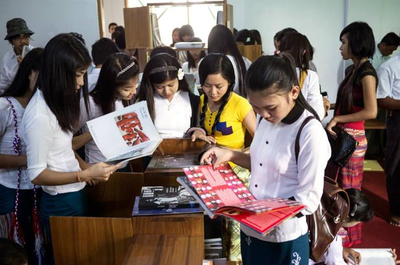One building, nine artists | Building Histories in Myanmar
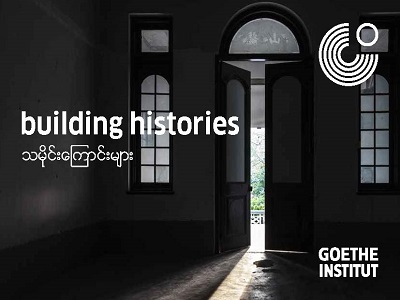
![A5_Klappkarte_Histories_L01_Seite_1__400x300]()
In order to strengthen
cultural ties between Myanmar and Germany, a cultural agreement was signed that led to the reopening of Myanmar’s Goethe-Institut, which had closed after the 1962 military coup. In 2013, during the negotiations on a Cultural Agreement between the two countries, Myanmar's Ministry of Culture offered the stunning 1920s-built villa on No 8, Ko Min Ko Chin Road as the premises of the Goethe-Institut, the German cultural centre in Yangon.
The building itself is an astounding mirror of Myanmar’s history of the past 100 years. Built in the 1920s as the extravagant abode of an affluent Burmese-Chinese family and abandoned in the chaos of the British retreat after the Japanese attack on Yangon in 1942, the splendid building became the headquarter of the Burmese independence movement, Aung San’s and U Nu’s Antifascist People’s Freedom League (AFPFL) at the end of the war. Since then the building witnessed the vicissitudes of Burmese politics pre and post independence. For many years the villa housed Yangon State School of the Arts where generations of Burmese artists received their training till the University of Culture moved to its new campus in South Dagon.
Now standing as the Goethe Villa, its Director Franz Xaver Augustin announces their first thematic curated group exhibition which opens 28th February 2015. Before the building undergoes extensive renovations,
'Building Histories' curated by Southeast Asia specialist Iola Lenzi, has
invited nine artists from Myanmar, Thailand, Vietnam and Cambodia to decode and interpret the historical meaning of this iconic edifice. Internationally acknowledged practitioners include Thai artist Vasan Sitthiket, Dinh Q. Le and Bui Cong Khanh from Vietnam, and Cambodia’s Srey Bandaul, who will collaborate with distinguished Myanmar artists Chaw Ei Thein, the duo Wah Nu and Tun Win Aung, Yadanar Win, and Wai Mar Nyunt. The exhibition site, theme and curation emphasizes the collegiate aspect as regional artists are on the residence in Yangon collaboratively working on site with their Myanmar colleagues. Absorbing the atmosphere of the Villa, site-specific commissioned pieces including installations, giant wood-block prints, an interactive cinematographic production, and a live dramatic performance, all serve to articulate the critical place of history in the present and future.
Creating active dialogue with individual spaces and rooms in the Villa, thus building histories, this exhibition
unites the participating Southeast Asian artists through the creative process. Before the Villa is remodelled and followed inevitably by international cultural exchange, Building Histories is an exhibition that gives the
artistic community as well as the public an opportunity to pause and consider complexities of the past.
For more information:
http://www.goethe.de/ins/mm/en/mya/ver.cfm?fuseaction=events.detail&event_id=20478388

